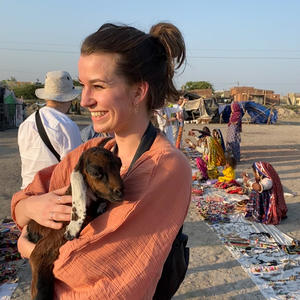What's in a name?
After a recent trip to Madagascar, our Content Manager Hayley found herself transcending the ordinary through the island's long names, death rituals and connection to the ancestors, glimpsing under the veil of a land that seems to bridge the gap between the living and the departed.
‘What is in a name?’ our local guide in Ambositra cleared his throat before rhetorically announcing to the bus.
‘When my wife got pregnant, my dying mother asked me to name the child after her if it was a girl, and after my father if it was a boy. She passed away and we had a girl, who inherited her name.’ The bus sighed an empathetic ‘aw’. He continued, ’A few years later, we had a boy. We named him Antonio...’ I braced myself for another heart-wrenching backstory, ‘after my favourite actor, Antonio Banderas.’
Typically, the names in Madagascar are famous for being somewhat of a mouthful, heaving with syllables recited like poetry. Even with a name that goes against the grain, you can bet that you’ll at least get a story.
The Malagasy language has roots in Indo-Malay, Arabic, Swahili and Hebrew, so it's no wonder they are packed full of vowels and consonants that chronicle history, ancestors, or yes, even inspiration from the silver screen. There is a story in every name. My grandma Barbara loved Christmas so much that my grandparents named their firstborn Robin, and their youngest, my mother, Carol. She almost called me Holly.
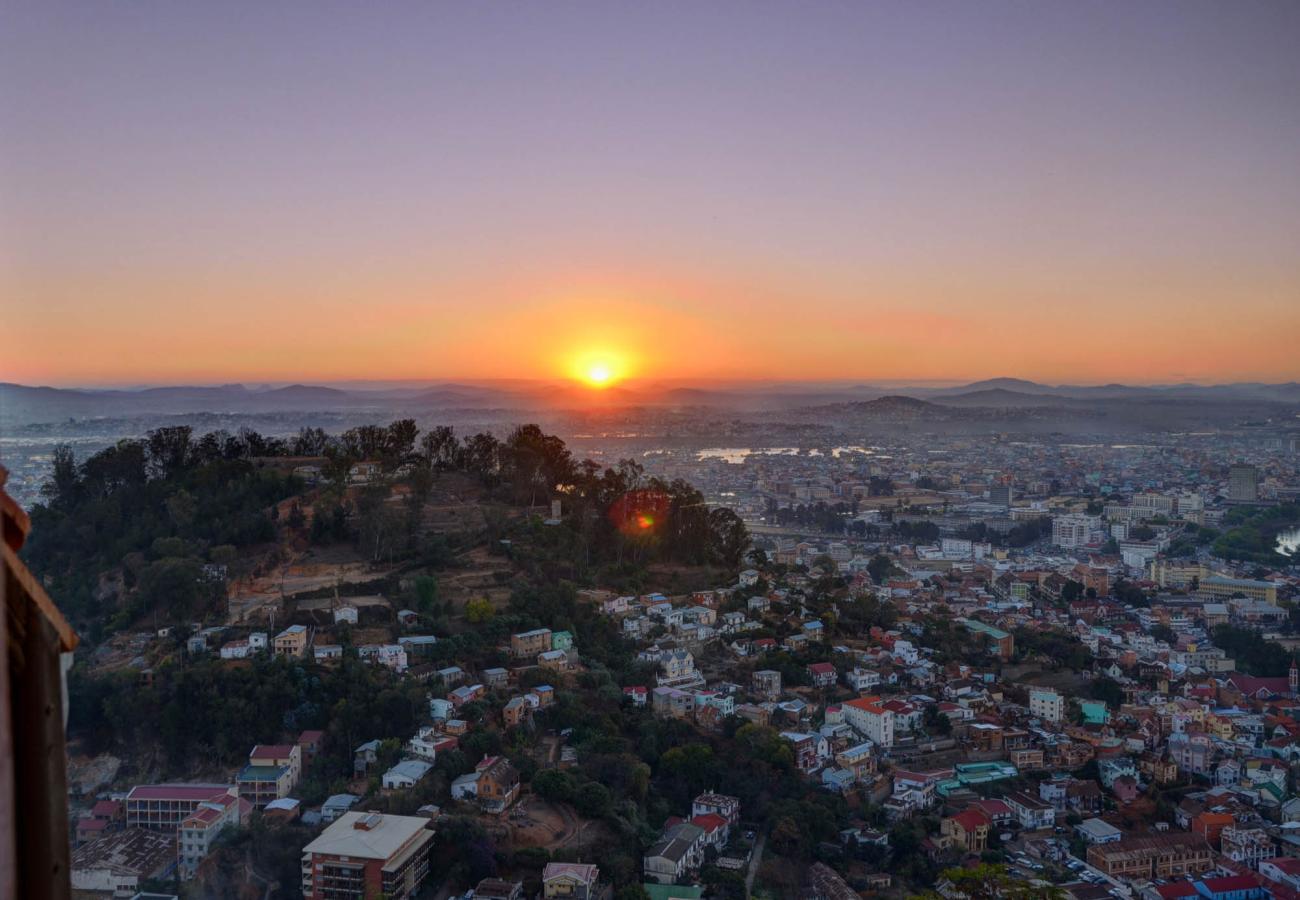
When we arrived in Antananarivo, ‘City of a Thousand Soldiers’, our tour guide first told us his Malagasy name was Tianarivelo, but we could call him Olivier. He articulated his name, like everything he pronounced, slowly, syllable by syllable - Ti-ana-ri-velo. The thought occurred to me that maybe strangers had so often butchered his long Malagasy name that his ancestors rolled their eyes and collectively decided that it should stay out of foreign mouths entirely. There is regular consultation with ancestors in Madagascar, so it might not be a completely wild guess.
Soon enough, Tianarivelo didn’t seem like a particularly long name after all. The longest name in Madagascar's history belonged to a King who reigned from 1787 to 1810, named Andrianampoinimerinatompokoindrindra, which means ‘the prince who was born to Imerina and who is my real lord.’ And you know what they say about a King with a long name? They make the best rulers, or so the adage might go in this case. By the time of his death, he had conquered two-thirds of Madagascar, issued land reforms, regularised and standardised the use of money, introduced street cleaning and banned the burning of the forest. But mostly, he’s just remembered for that really long name.
Olivier enunciated places and people’s names with purposeful precision, cracking them open, deciphering significance, extracting history or insights into the culture and various traditions of the island tribes. You can’t do this without raising the dead and calling on the ancestors.
What happens after we die and all we leave behind is a name and a story? With the death of my grandma just five months before my trip, stowaway questions about life and exactly where it goes once it reaches that inevitable end travelled with me. People say the ones we love are always with us, but I couldn’t help but wonder if that still applied all the way out on the other side of Africa, on this red island floating in the Indian Ocean.
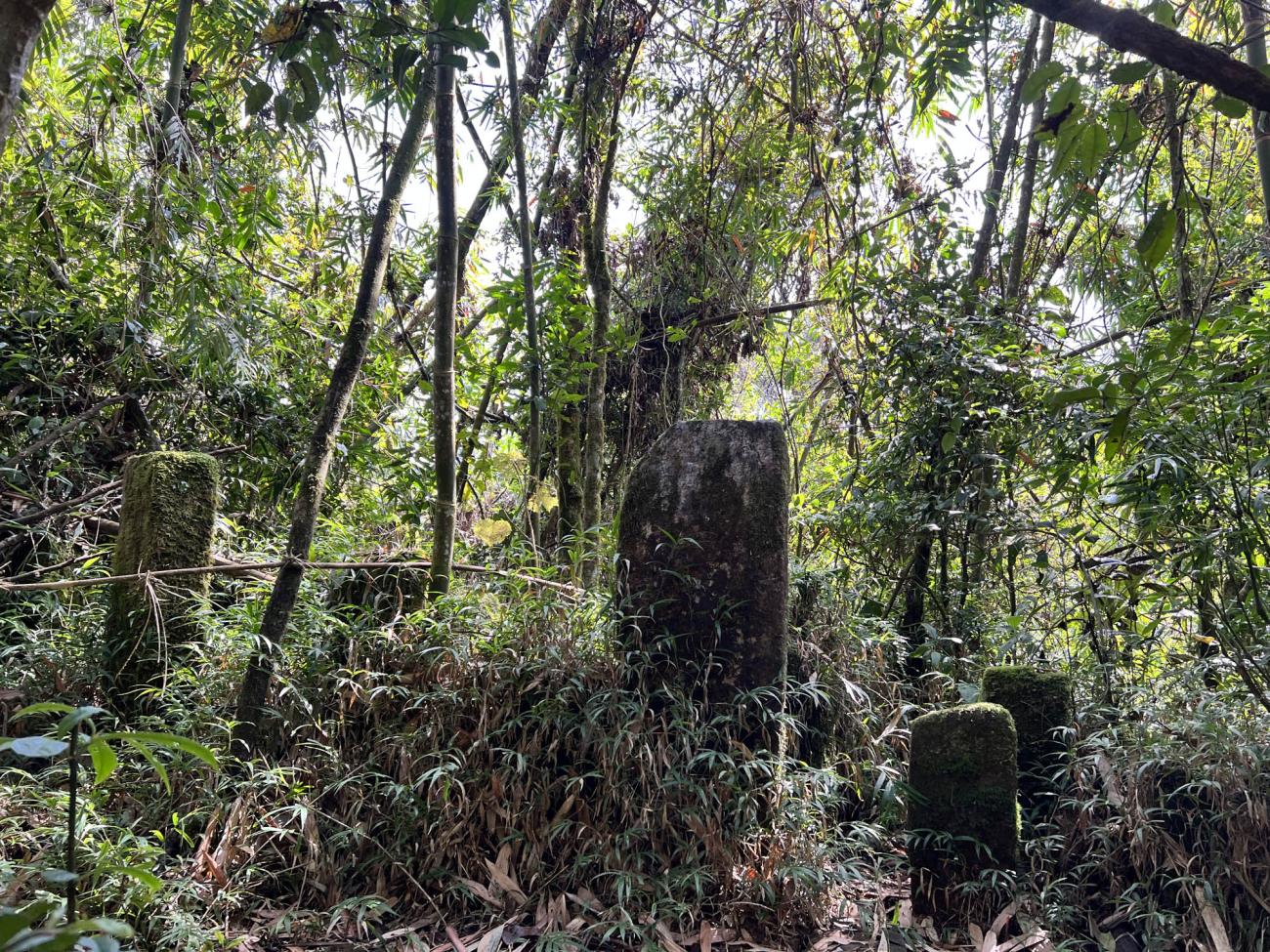
When a Malagasy person dies, after they’ve received a proper funeral, they become an ancestor. They’re still very much a part of everyday life, which means they still have responsibilities, like protecting and guiding their family along the right path in life.
Madagascar, amongst all its many beautiful quirks, is known for having an interesting relationship with death. Mostly practised by the Merina and Betsileo tribes of the Central Highlands, a famadihana, or turning of the bones, is a reburial ceremony where, after consulting an astrologer on which would be the most auspicious day for an exhumation after roughly seven years, the departed’s burial shrouds are changed and they are updated on all that has happened since their passing. After a healthy dose of alcohol and dancing, the bones are carried around the tomb or even through the village, before being laid to rest once again.
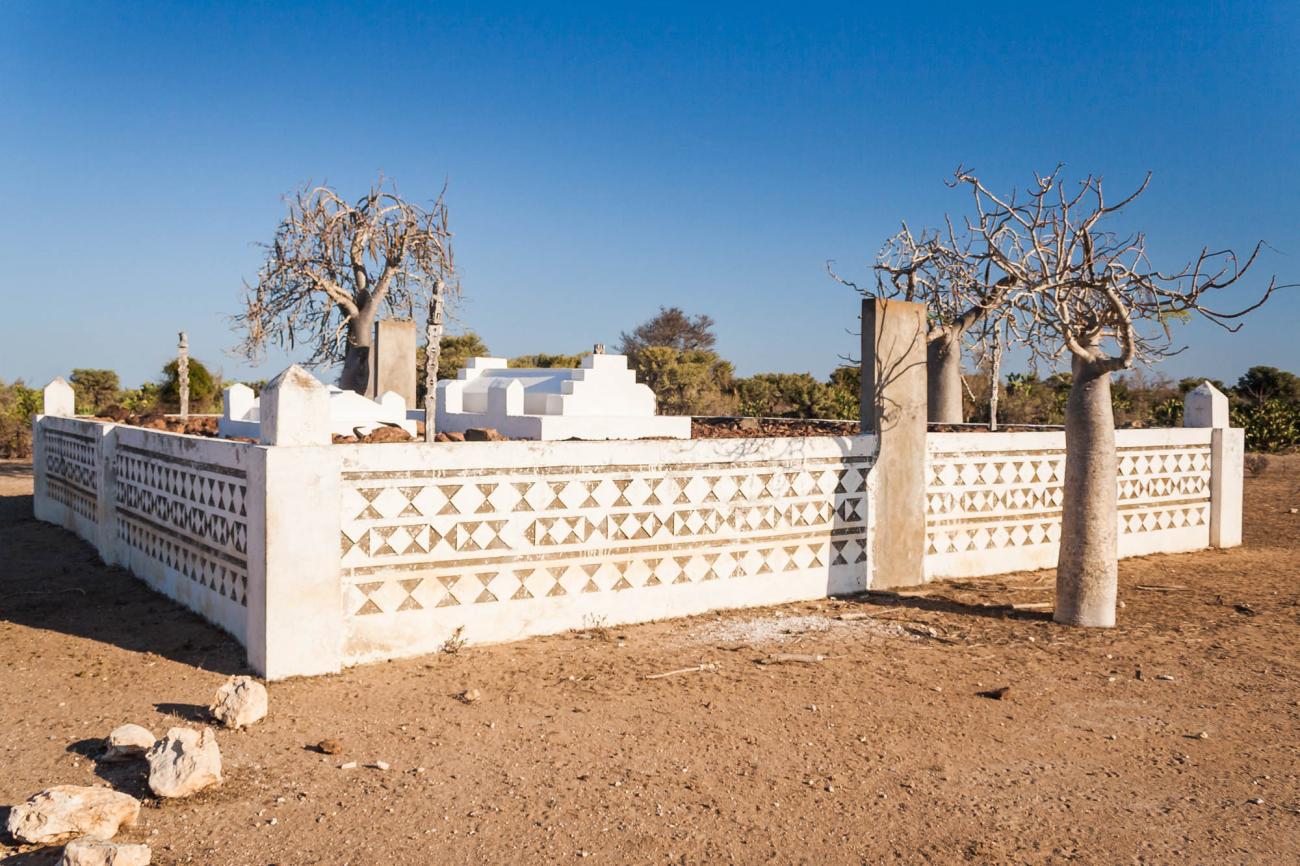
There is so much importance placed on the afterlife here, that to die in Madagascar is an expensive affair. Prized zebu (the humped cows) are very important in Madagascan culture and are a sign of wealth and social status. In some tribes, when someone dies, alongside burning down their house and all their possessions, their zebu is sacrificed to feed the funeral party and the horns are used to decorate the tombs. Which, somehow, is the least interesting feature of some of these final resting places.
We stop at one belonging to a member of the Antandroy (meaning people of the thorns) that had been fashioned to look like the bow of a ship at least 7 feet tall that fits around 180 people, surrounded by an ocean of zebu horns. We’re told that it doesn’t necessarily mean the deceased were seafaring people, the head of the family might have just liked boats.
Even the more understated tombs are adorned with a storyboard of scenes from the life of the deceased. Paintings depict ploughing fields, pulling carts, zebu, wrestling, one encounter with a crocodile and even some Hollywood stars. This is how we discovered that Jackie Chan and Jet Li are rather popular in Madagascar.
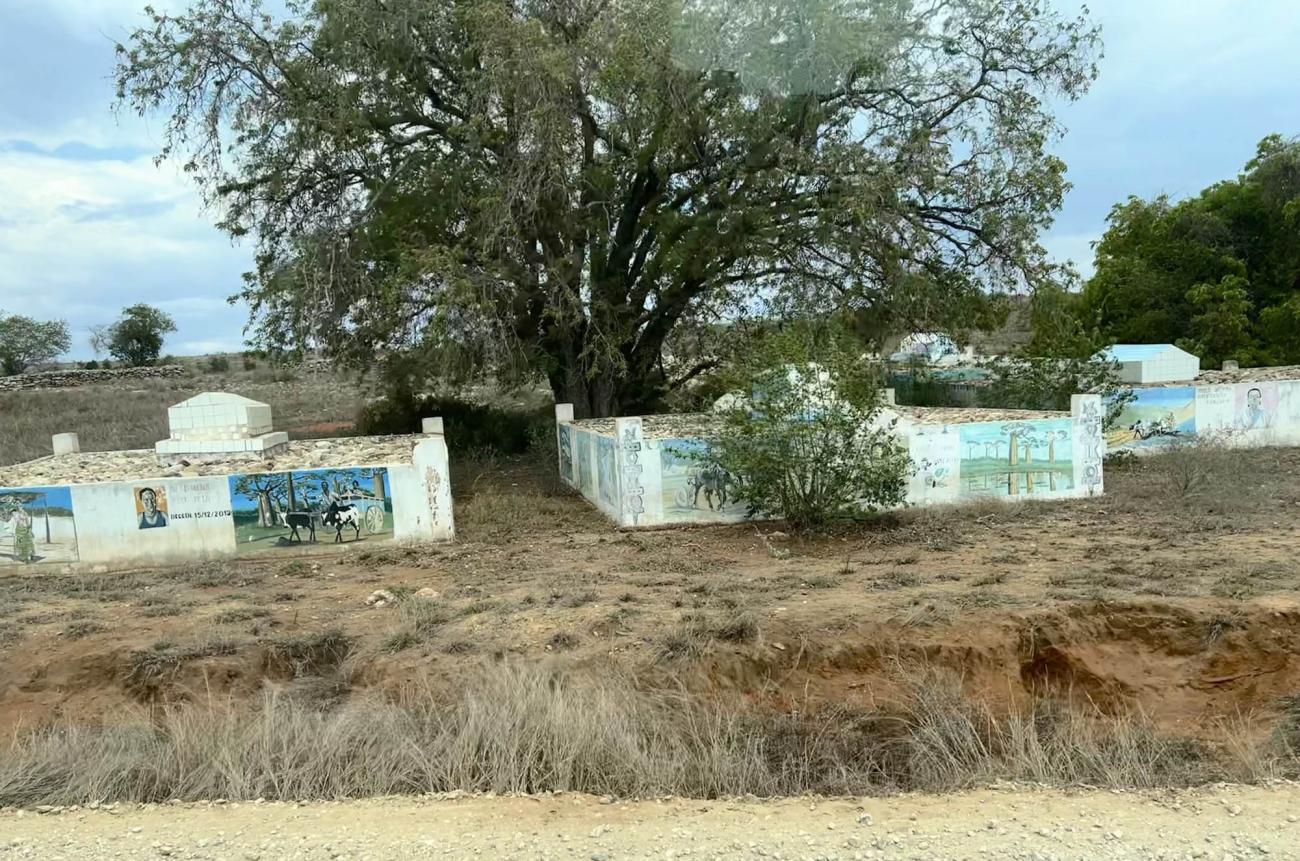
But death is not an excessive expense for everyone here. The Bara tribe have settled for excessive peril. On a hike through Isalo National Park, our guide points overhead, high on the face of the cliff, where a nook is distinguishable only by unnaturally stacked rock. The coffins are heaved up into these cavernous heights by rock-scaling family members, some of whom fall to their demise trying to ensure their loved one is properly laid to rest. Which does, at least, deter grave robbers.
.jpeg)
.jpeg)
Even with great financial or life-threatening risks, one thing that unites us all is how our traditions, as vastly different as they can be, are as essential for those left behind, as those who have passed.
It feels like the West can sometimes feel so uncomfortable with the subject of death, that we’d do anything to avoid staring into the face of it. I don’t feel like that. I liked this idea of believing that I didn’t lose a grandma, I just gained an ancestor. It closed the distance between us.
When we arrived in Andringitra, we transferred to an overland truck which took us two bumpy hours deep into the park amongst the towering sandstone massif. Head swimming in diesel fumes, it was a journey that really hammered home just how remote we were. The next day, we set out on a hike to see if we could catch a glimpse of the ring-tailed lemur troop our camp was named after.
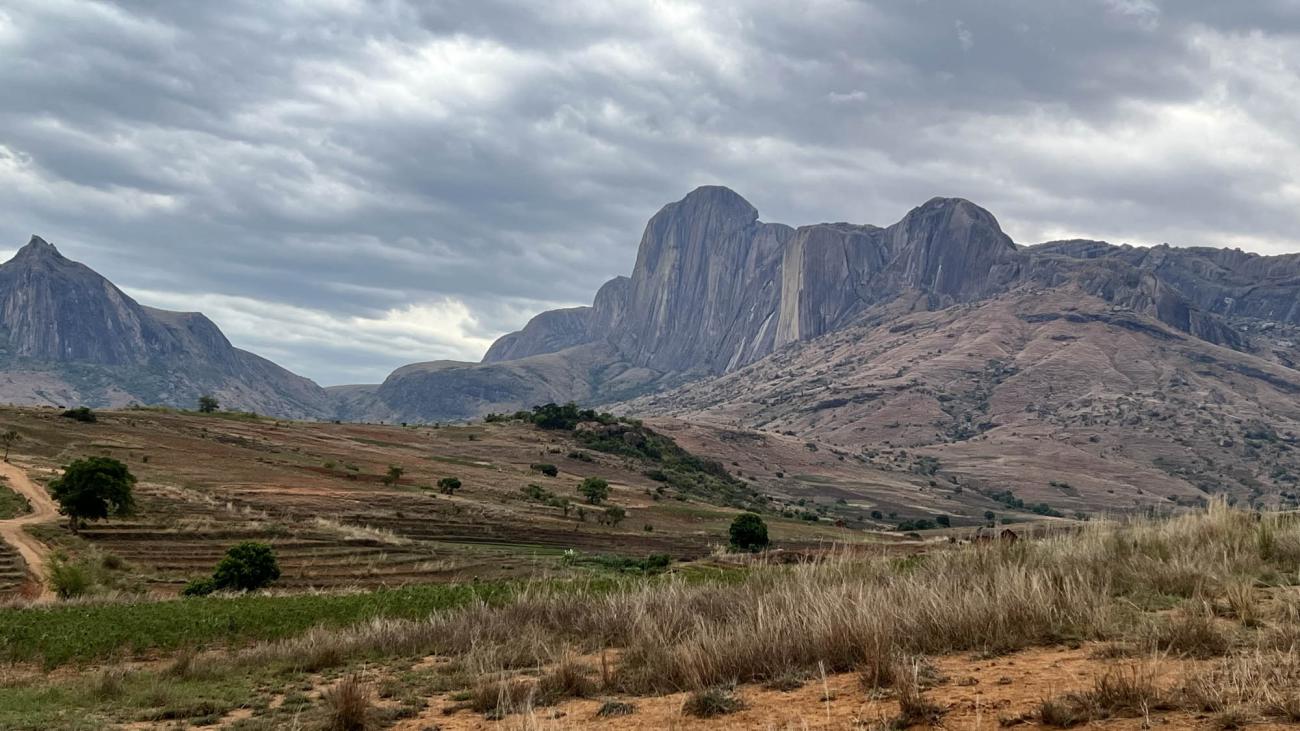
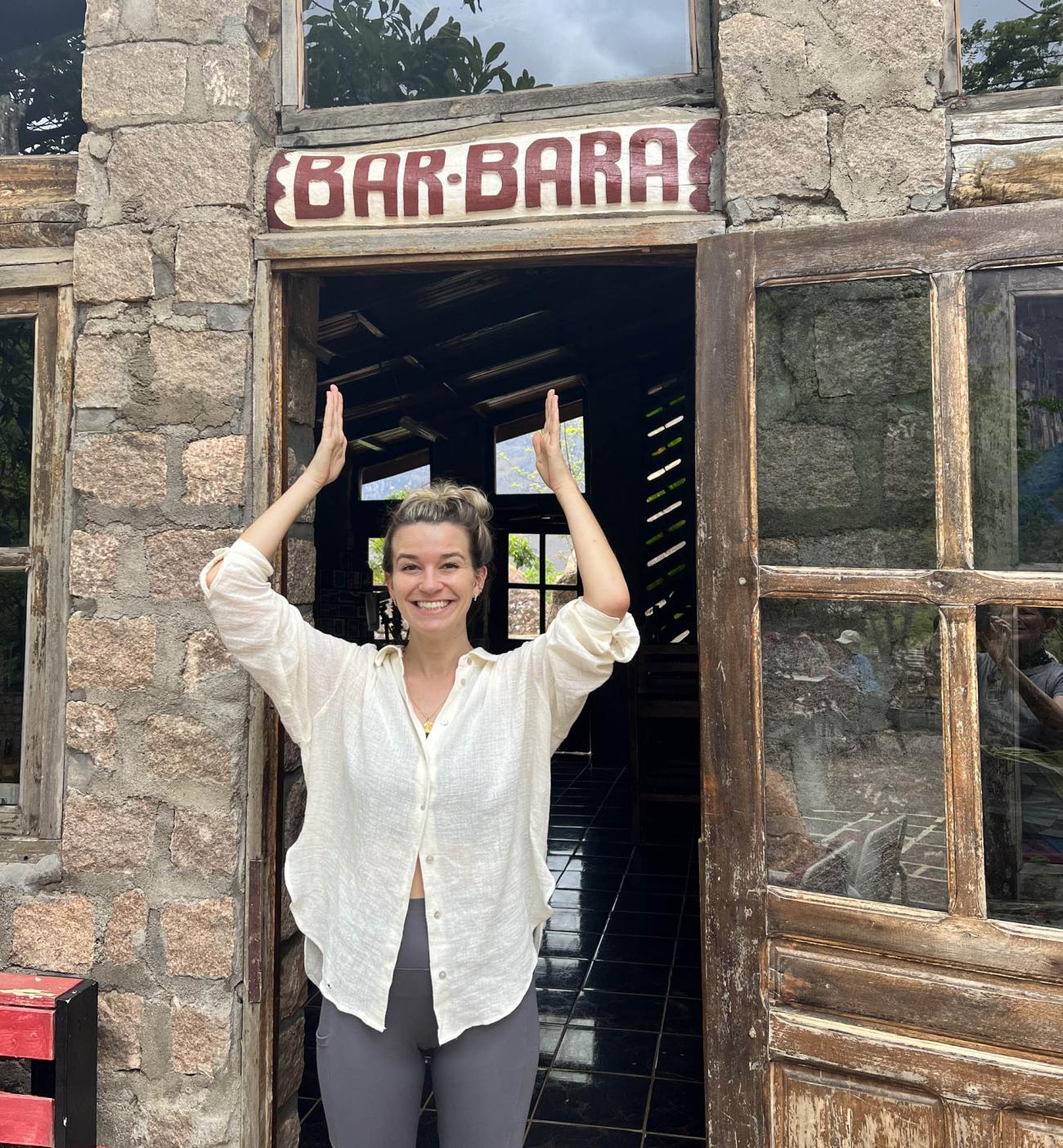
After a four-hour walk spotting camouflaged chameleons, one boldly dark black against the green foliage, and lemurs bounding over bulging boulders in the distance, we reached a place to stop for a rest and a chilled Madagascar beer. When I noticed the name above the threshold of the small building, I was stunned…
All the way out here in this land of ancestors and spirits, and names that hold stories, where the veil between the dead and the living is gossamer thin - I found her. Bar Bara.
My grandma's name.
